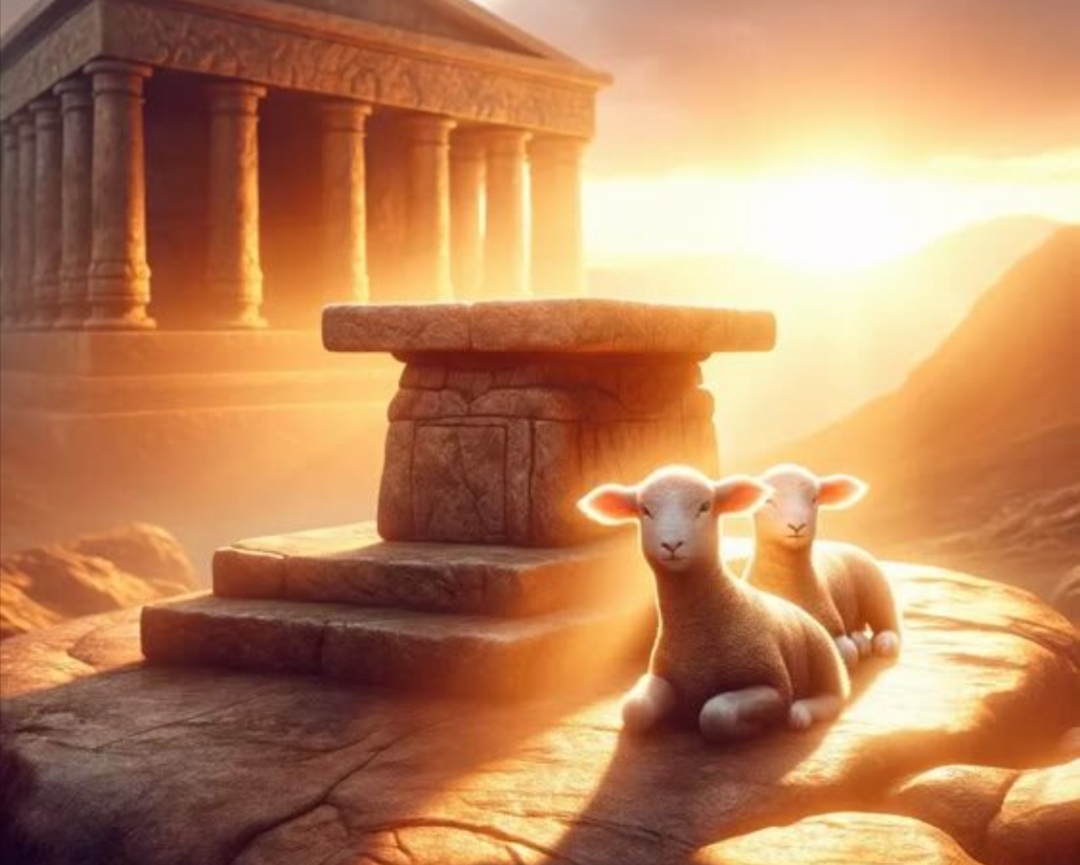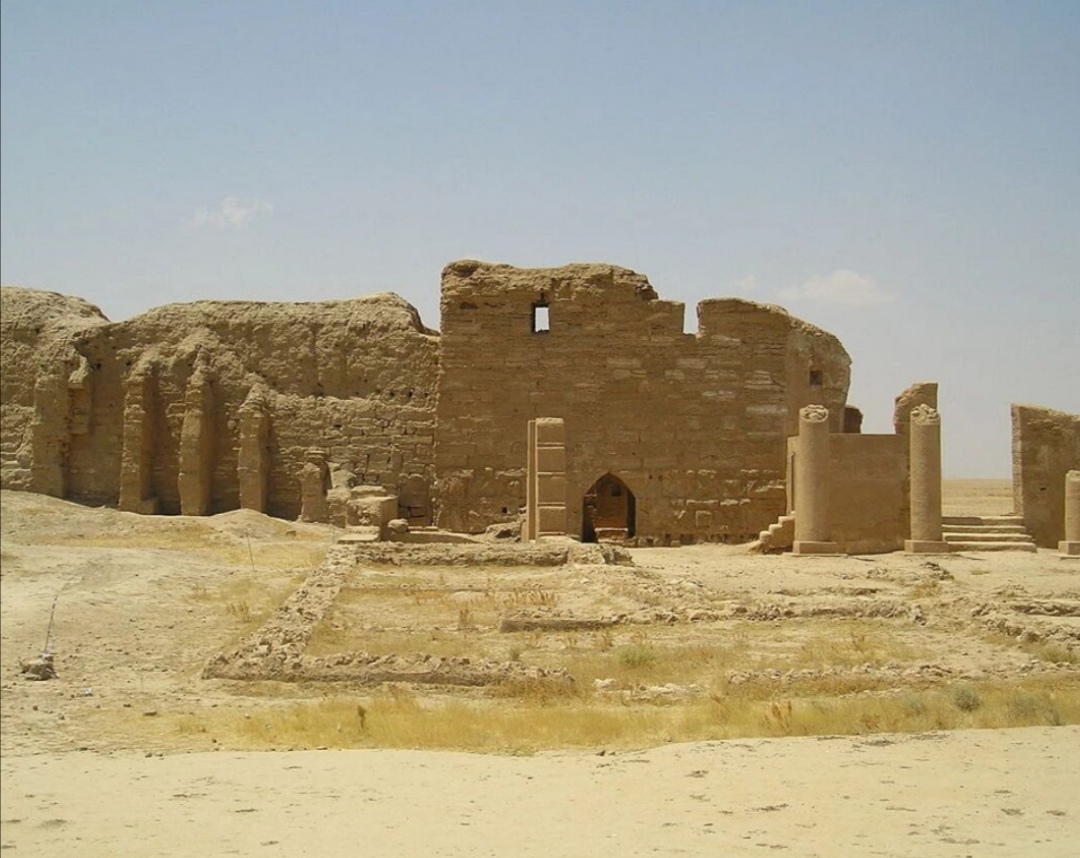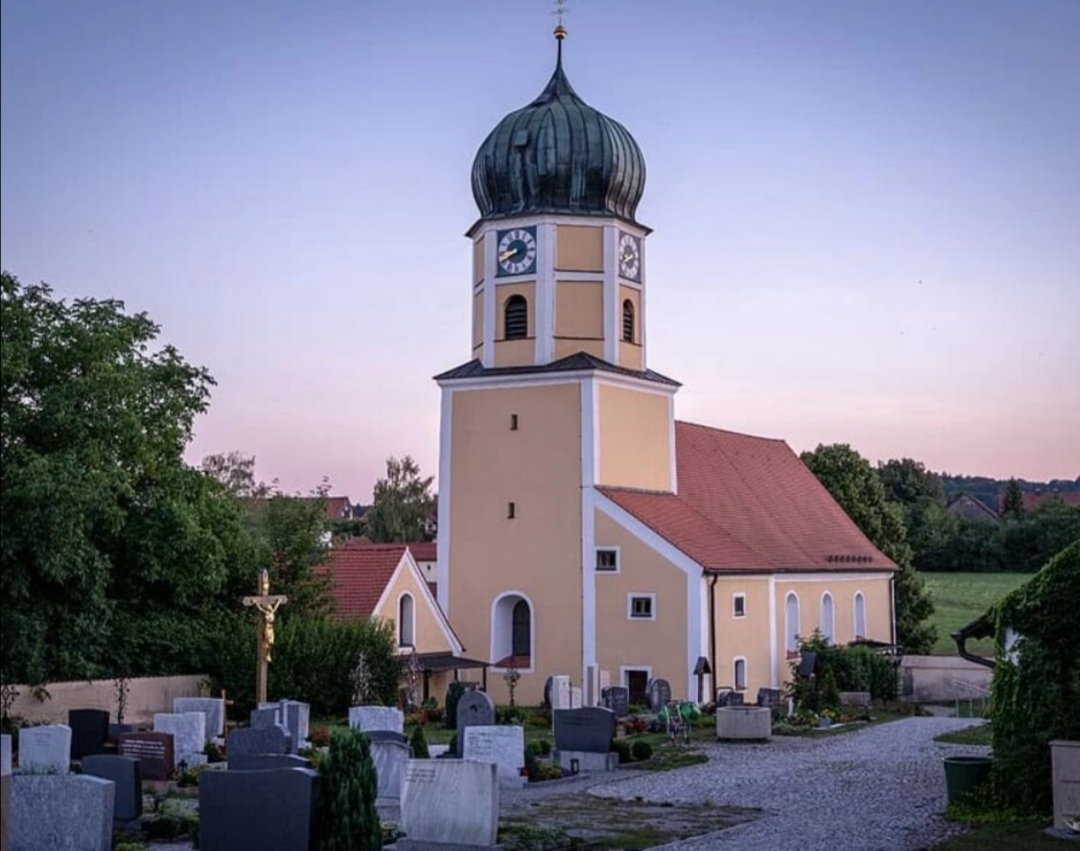MAIN INFLUENCES ON WORSHIP
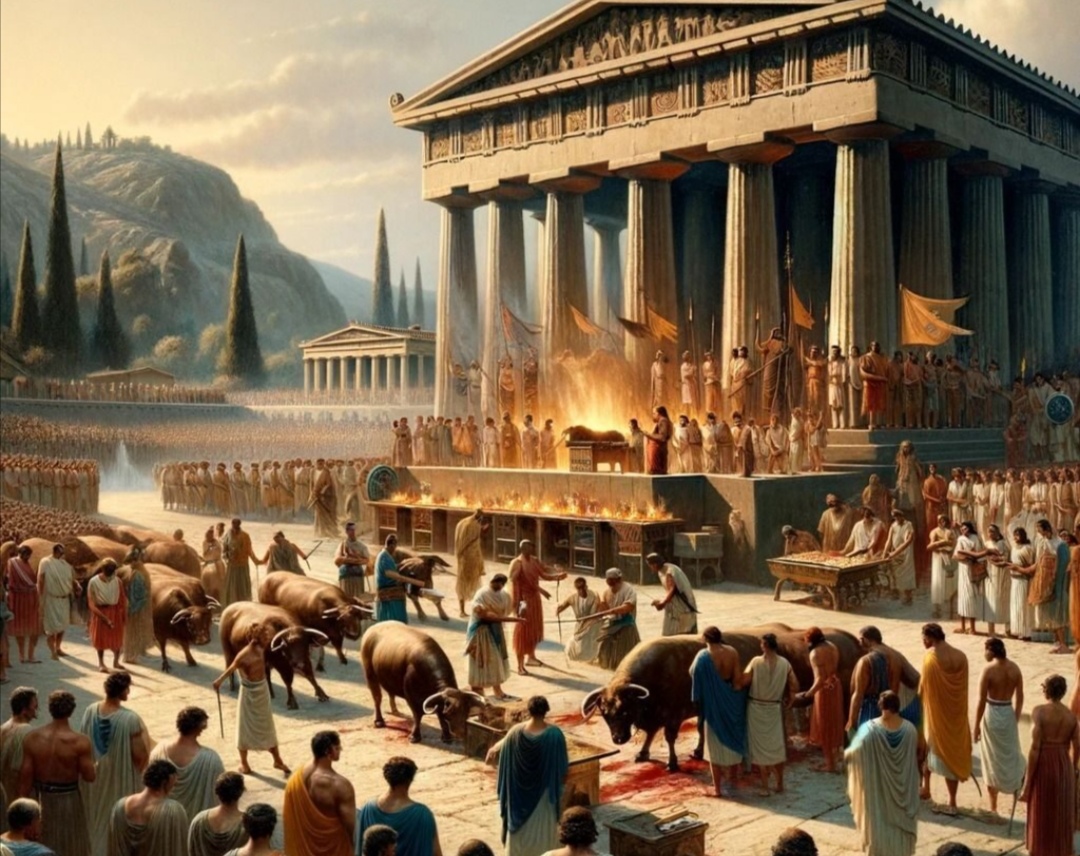
The advent of the church building brought about significant changes in Christian worship. Since the emperor was the number one "layman" in the church, a simple ceremony was not enough. In his honor, the pomp and ritual of the imperial court were incorporated into the Christian liturgy. It was the custom of the Roman emperors to have lights before them whenever they appeared in public. The lights were accompanied by a fiery basin filled with aromatic spices. Constantine, building on this custom, introduced candles and the burning of incense as part of the worship service. During Constantine's reign, the clergy, who had at first worn everyday clothes, began to dress in special garments. What were these special garments? They were the garments of Roman officials. In addition, various gestures of respect for the clergy were introduced in the church, comparable to those used to honor Roman officials. The Roman custom of beginning the service with processional music was also adopted. To this end, choirs were developed and brought into the Christian church. Worship became more professional, more dramatic, and more solemn. All of these features were borrowed from Greco-Roman culture and carried directly into the Christian church. Fourth-century Christianity was deeply shaped by Greek paganism and Roman imperialism. The result of all this was a loss of intimacy and open participation. Professional clergy performed the services while the laity watched as spectators. As one Catholic scholar has written, with the arrival of Constantine, various customs of ancient Roman culture flowed into the Christian liturgy. Even rites associated with the ancient worship of the emperor as a deity found their way into the worship of the Church, only in a secularized form. "Constantine brought peace to all Christians." Under his rule, the Christian faith became legitimate. In fact, it had become a state greater than Judaism and paganism. For these reasons, Christians regarded Constantine’s accession as an act of God. Here was God’s instrument come to their rescue.
Christianity and Roman culture were now united together. The Christian edifice shows that the church, whether it wanted to or not, had entered into a close alliance with pagan culture.
As Will Durant, author of The Story of Civilization (a vast, eleven-volume work on world history that won him the Pulitzer Prize), said, the pagan islands were left in the expanding Christian sea. It was a tragic shift from the primitive simplicity that the church of Jesus Christ had first known.
First-century Christians were against the world’s systems and avoided all contact with paganism. All this changed during the fourth century, when the church emerged as a public institution in the world and began to “absorb and Christianize pagan religious ideas and practices.” As one historian put it: Church buildings replaced temples; Church endowments replaced temple lands and funds. Under Constantine, tax-exempt status was granted to all church property.
As a result, the story of the building of the church is a sad saga of Christianity borrowing pagan culture and radically changing the face of our faith. Simply put, the church buildings of the Constantinian and post-Constantinian eras essentially became sanctuaries. Christians adopted the concept of the physical temple. They absorbed the pagan idea that there was a special place where God dwells in a special way. And that place is made “by hands.”
As with other pagan customs that were incorporated into the Christian faith (such as liturgy, sermons, vestments, and hierarchical leadership), Christians in the third and fourth centuries incorrectly attributed the origins of church building to the Old Testament. But this was a mistaken view.
The church building was borrowed from pagan culture. A dignified and sacramental ritual entered the worship service through the mysteries [of pagan cults] and was justified, like so many other things, by reference to the Old Testament. To use the Old Testament as a justification for church building is not only inaccurate but also self-defeating.
The old Mosaic economy of sacred priests, sacred buildings, sacred rituals, and sacred objects was destroyed forever by the cross of Jesus Christ. Furthermore, it was replaced by a non-hierarchical, non-ritual, non-liturgical organism called the ekklesia (church).
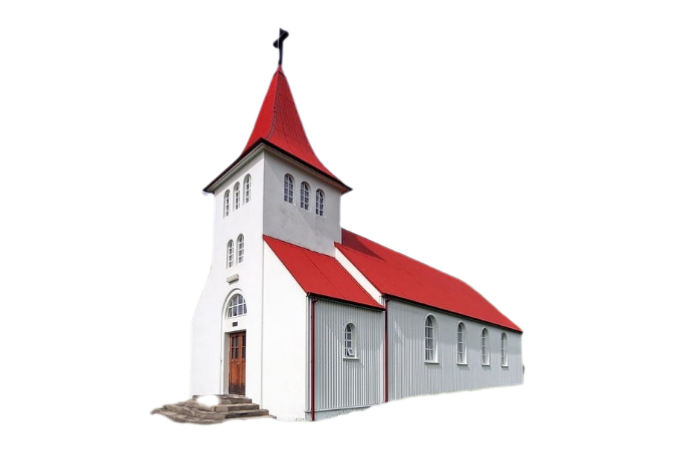 That the Christians of the apostolic age built special houses of worship is out of the question. As the Savior of the world was born in a stable and ascended to heaven, so the apostles and their successors, down to the third century, preached in the streets, in the marketplaces, on the mountains, in the deserts, and in the homes of their converts. But how many thousands of costly churches and chapels have since been built, and are continually being built, in all parts of the world, to the honor of the crucified Redeemer, who in the days of His humiliation had no place to lay His head.
That the Christians of the apostolic age built special houses of worship is out of the question. As the Savior of the world was born in a stable and ascended to heaven, so the apostles and their successors, down to the third century, preached in the streets, in the marketplaces, on the mountains, in the deserts, and in the homes of their converts. But how many thousands of costly churches and chapels have since been built, and are continually being built, in all parts of the world, to the honor of the crucified Redeemer, who in the days of His humiliation had no place to lay His head.
